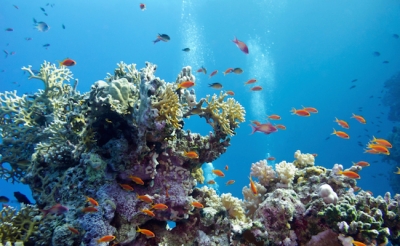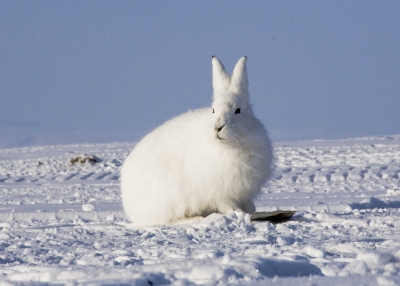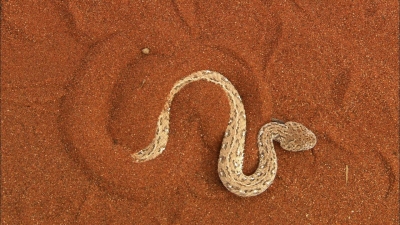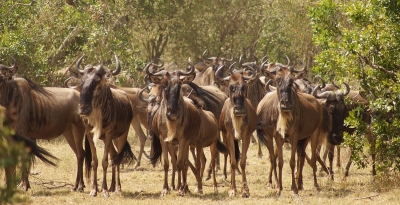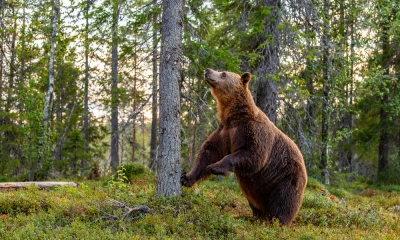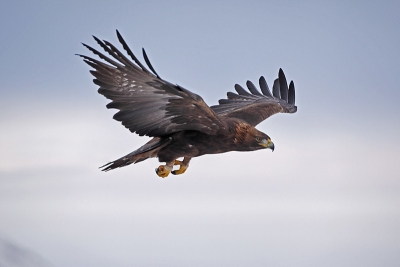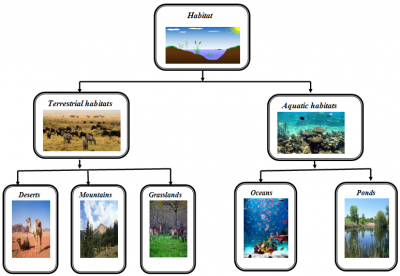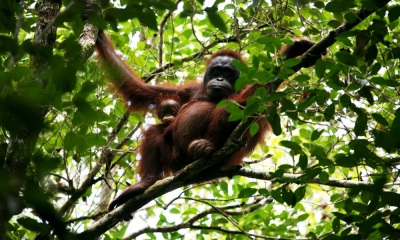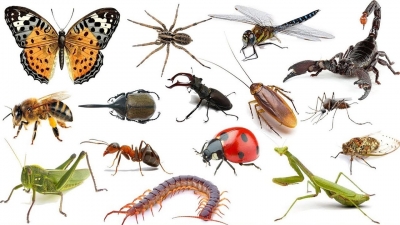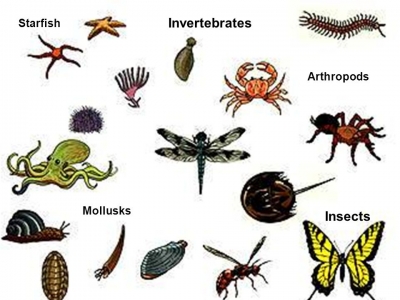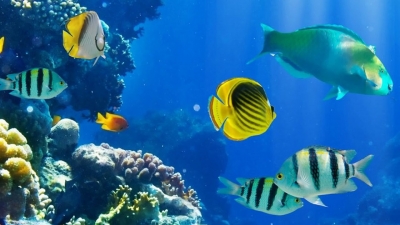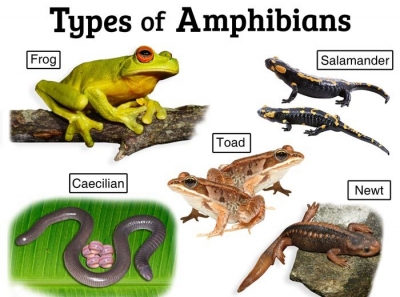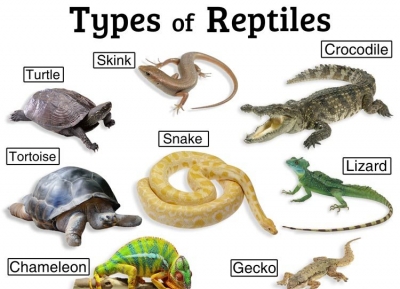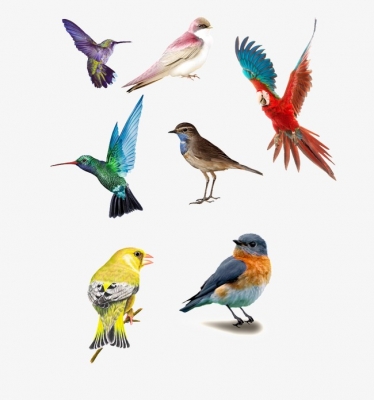Which are the homes of animal?
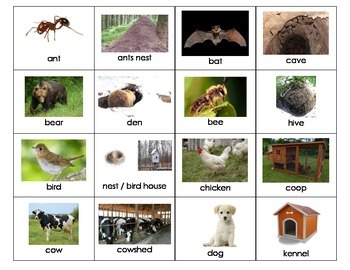
There’s no place like home, and animals are amazing architects. They are creative builders, making all kinds of different houses in which to live or have their young. Safety, shelter, and warmth are all important features of a home, whether high up in the treetops or down on the ground. Nature provides many materials, such as grass, branches, and mud, for animals to build their houses.
Den
Many animals live in dens, including foxes, bears, bobcats and raccoons. Animals that are found in woodlands are likely to live in dens. Some animals use dens only for nesting and rearing young, while others make dens more permanent homes.
Black bears give birth and sleep in their dens. Although they sleep in the dens during the winter months, they are not considered true hibernators and may wake occasionally. A black bear's den can be anything from a cave to a hollow tree or large pile of brush. An example of an animal that uses a more permanent den is the beaver. The well-recognized lodges made in streams out of pieces of wood and muds are dens with underwater entrances.
Web
Some animals make their own materials. Spiders have a special silk-spinning organ in the rear of their body called a spinneret. They weave silk into intricate webs, which are used to trap prey. Female house spiders lay about 250 eggs in a silken sac that is brownish in color and round in shape. There may be more than one sac in the web at a time. A female house spider may produce up to 17 sacs, containing a total of more than 3,760 eggs, in her lifetime. The eggs hatch in about 7-10 days. Adults may live for a year or more.
Lodge
Busy beavers choose watery locations to build a lodge because they are excellent swimmers. Mud and branches are used to make a safe structure with entrances underwater to prevent predators entering. Beavers are known for their natural trait of building dams on rivers and streams, and building their homes in the resulting pond. Beavers also build canals to float building materials that are difficult to haul over land. They use powerful front teeth to cut trees and other plants that they use both for building and for food. In the absence of existing ponds, beavers must construct dams before building their lodges. First they place vertical poles, and then fill between the poles with a crisscross of horizontally placed branches. They fill in the gaps between the branches with a combination of weeds and mud until the dam impounds sufficient water to surround the lodge.
Sett
Badgers dig deep to construct networks of underground chambers and tunnels. These shy creatures merge from their sett at night to feed. Badger colonies often use several setts: a large main sett in the center of a colony's territory and occupied by most of a colony's members—and one or more smaller outlier setts. Outlier setts may have only two or three entrances and may be used by a small number of colony members when nearby food sources are in season or in autumn when the main sett is crowded with the year's young.
Badgers typically retreat to their setts at daybreak and come out at dusk. In cold regions, setts are dug below the level at which the ground freezes, and all members of the clan sleep in the same chamber, possibly to share body heat.
Sometimes setts or parts of setts that are not being used by badgers are occupied by rabbits or foxes.
Drey
What looks like a tangle of sticks in a tree may be a squirrel’s home. Dreys are built with leaves, twigs, and moss. Winter dreys are bigger and thicker to keep the squirrels extra warm. Male and female squirrels may share the same nest for short times during a breeding season, and during cold winter spells squirrels may share a drey to stay warm. However, females nest alone when pregnant. In North America, squirrels produce broods of about three "pups" twice a year. (After leaving the drey, a young squirrel is termed a "juvenile" for its first year of life.) The June broods are sometimes born in dreys, but January broods are usually born and raised in tree cavities, which are much safer. Drey broods are about 40% less likely to survive than tree cavity broods, so long as the cavity entrance hole is no wider than about four inches, which can keep out hungry raccoons.
Nest
Not only birds make nests. Wasps build nests using paper they make by chewing on wood and plants. These strong structures are ideal places to lay eggs and rear young.
Many nest builders provide parental care to their young, while others simply lay their eggs and leave. Brooding (incubating eggs by sitting on them) is common among birds. In general, nest complexity increases in relation to the level of parental care provided. Nest building reinforces social behavior, allowing for larger populations in small spaces to the point of increasing the carrying capacity of an environment. Insects that exhibit the most complex nest building also exhibit the greatest social structure. Among mammals, the naked mole-rat displays a caste structure similar to the social insects while building extensive burrows that house hundreds of individuals.
Mound
Tiny termites use teamwork to build mighty mounds, reaching 10 m (33 ft) high! They are made from termite saliva and dung mixed with soil. Holes in the walls let air enter and cool the mound.
A city of termites requires a lot of food, and the mound has many storage chambers for wood, the insect’s primary food source. Termites also cultivate fungal gardens, located inside the main nest area. Termites eat this fungus which helps them extract nutrients from the wood they consume. Maintaining the fungal gardens takes precise temperature control, and the remarkable architecture of the mound keeps the temperature almost constant.
The queen and king reside in the royal chamber. The queen’s sole purpose is to produce new termites to help build and protect the nest. Incredibly, the queen can produce thousands of eggs a day and live for up to 45 years, during which time she will grow to the point where she is unable to move. Workers carry her eggs to a special nursery where they are fed on compost until they turn into adults.
Shell
Imagine carrying your home on your back! Hermit crabs use empty seashells to live inside. When the shell gets too small for the growing crab, it finds a bigger one.
Seashells are commonly found in beach drift, which is natural detritus deposited along strandlines on beaches by the waves and the tides. Shells are very often washed up onto a beach empty and clean, the animal having already died.
Empty seashells are often picked up by beachcombers. However, the majority of seashells which are offered for sale commercially have been collected alive (often in bulk) and then killed and cleaned, specifically for the commercial trade. This type of large-scale exploitation can sometimes have a strong negative impact on local ecosystems, and sometimes can significantly reduce the distribution of rare species.
Picture Credit : Google
